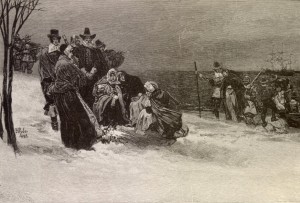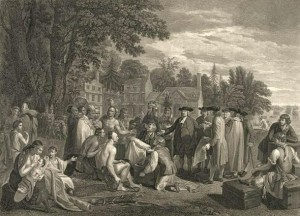Europeans coming to the American continents experienced a new world, but Native Americans also experienced new worlds as these strangers introduced their cultural practices and religious beliefs to them. Some, if not many, of these initial exchanges benefited both peoples, as Europeans learned how to survive in this new land and native peoples received European goods they enjoyed using. Over time, Europeans became convinced that their own notions were the right ones, and began to reject much of Native American culture. This rejection included the way insanity would be treated.
Because Native Americans relied on oral histories during colonial times, much of what has been written about them in this period comes from Europeans’ observations. Early accounts indicate that some Native American tribes treated the few insane members they had with great respect and care, while other tribes were indifferent and neglectful toward the insane. What must be remembered is that during this time, Europeans treated the insane quite cruelly. It was common in both Europe and the new colonies to let the insane wander the countryside. Worse, violent or difficult people were chained or locked in outbuildings for most of their lives. Though whites eventually believed that they had moved toward compassion once they took chains away, there is no evidence that Native Americans ever used them. At least during this era, Native Americans treated the insane less harshly–certainly not more so–than Europeans did.
______________________________________________________________________________________


